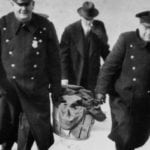 Weird Stuff
Weird Stuff  Weird Stuff
Weird Stuff  Animals
Animals 10 Inspiring Tales of Horses Being Human
 Mysteries
Mysteries Top 10 Haunting Facts About the Ghost Ship MV Alta
 History
History 10 Surprising Stories About the Texas Rangers
 Humans
Humans 10 Philosophers Who Were Driven Mad by Their Own Theories
 Miscellaneous
Miscellaneous 10 Video-Game-Worthy Weapons and Armors from History
 Weird Stuff
Weird Stuff 10 Psychics Who Accurately Predicted Wartime Events
 The Arts
The Arts 10 Pieces of Art Inspired by a Broken Heart
 Health
Health 10 Science Fiction-Sounding New Medical Treatments
 History
History 10 Surprising Facts About the Father of Submarine Warfare
 Weird Stuff
Weird Stuff 10 Times Real Laws Were Based on Bizarre Hypotheticals
 Animals
Animals 10 Inspiring Tales of Horses Being Human
 Mysteries
Mysteries Top 10 Haunting Facts About the Ghost Ship MV Alta
Who's Behind Listverse?

Jamie Frater
Head Editor
Jamie founded Listverse due to an insatiable desire to share fascinating, obscure, and bizarre facts. He has been a guest speaker on numerous national radio and television stations and is a five time published author.
More About Us History
History 10 Surprising Stories About the Texas Rangers
 Humans
Humans 10 Philosophers Who Were Driven Mad by Their Own Theories
 Miscellaneous
Miscellaneous 10 Video-Game-Worthy Weapons and Armors from History
 Weird Stuff
Weird Stuff 10 Psychics Who Accurately Predicted Wartime Events
 The Arts
The Arts 10 Pieces of Art Inspired by a Broken Heart
 Health
Health 10 Science Fiction-Sounding New Medical Treatments
 History
History 10 Surprising Facts About the Father of Submarine Warfare
10 Terrifying Medical Facts Of The US Civil War
America’s bloodiest and most costly conflict, the US Civil War claimed the lives of 620,000 men (roughly 2 percent of the population) with over 800,000 wounded or missing. Although the battlefields were covered with death, perhaps the most frightening places were the field hospitals. From the echoing screams of men undergoing amputations to the inexperienced doctors and lack of medical knowledge, many believed it was better to die on thefield than to face the surgeons, who were often considered to be butchers. The following 10 cases describe the horrors as well as astonishing, lesser-known facts about what the men endured throughout their time in Hell.
10 Drunken Surgeons
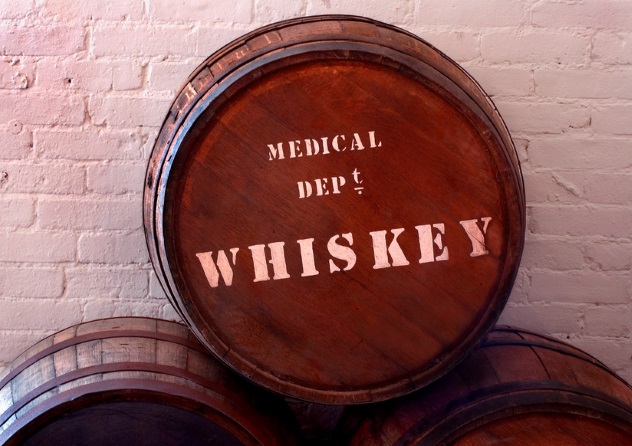
Alcohol was a vital commodity during the Civil War and was primarily used as an anesthetic during amputations. However, use quickly became abuse. Some took the occasional nip to dull their fears, while others, including the surgeons who were operating, got flat out drunk.
Phoebe Yates Pember, a Confederate hospital matron, once wrote of a patient who was brought in after his ankle had been crushed by a train. She described how after his ankle was set, the man was still in agonizing pain, and upon further investigation, Pember discovered that the patient’s bandaged leg was perfectly healthy and that the other leg was “swollen, inflamed and purple.” The surgeon was so intoxicated that he had set the wrong ankle. Soon after, fever set in, and the patient died.
Such stories of surgeons, officers, and even generals being intoxicated on the battlefields were not uncommon, given their access to whiskey and brandy. At the First Battle of Bull Run, a group of civilians and medical assistants who were supposed to drive medical wagons and collect the wounded from the field got into the medicinal liquor (aka whiskey) and became too drunk to be of any use. They ignored their wounded comrades, leaving them to die where they lay.
9 Smuggling Drugs Past Enemy Lines

The majority of medicinal drugs in the mid-1800s were manufactured in Europe and shipped to the United States. During the Civil War, the Union blockade of Southern ports prevented the Confederates from receiving shipments, including arms and medicine. This ultimately forced the Confederacy to obtain drugs through other means, such as processing indigenous medicinal plants, capturing enemy supplies, and smuggling.
One way that the South smuggled medicine past the Union blockades was through the use of children’s dolls. They would pack the medicine into the dolls’ hollowed papier-mache heads in order to avoid detection by the North’s blockades. The Union troops wouldn’t inspect the toys, since they were looking for obvious contraband.
Two drugs that were of great importance on the battlefield were morphine for pain and quinine. Quinine was vital for troops stricken with malaria, which spread like wildfire and claimed the lives of thousands of soldiers. Around 900,000 Union troops contracted malaria. The numbers of Confederates who fell ill hasn’t been well-documented, but given their lack of medicinal supplies, the numbers are presumed to be staggering.
8 Compassion In Gettysburg
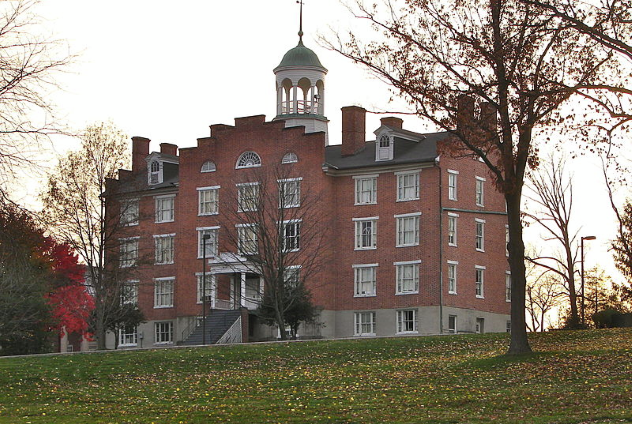
Even though hundreds of thousands of men were dying on the battlefields from gunfire to hand-to-hand combat with bayonets, acts of humanity and compassion were evident in the Union hospitals, where doctors set aside their differences to care for the wounded. On July 1, 1863, the first day of the three-day Battle of Gettysburg, which claimed the lives of 7,000 men in the first 24 hours, Union officers overran the Lutheran Theological Seminary, converting the church into a hospital.
Although the church was officially a Union hospital, the doctors and local volunteers tended to both Union and Confederate soldiers as well as black soldiers, treating every injured man equally. The men were cared for and slept beside one another under the same roof for several days at a time. At its peak, the small church accommodated 150 wounded soldiers from both sides and continued to do so throughout the month, with 78 patients remaining on August 3.
7 Unqualified Doctors
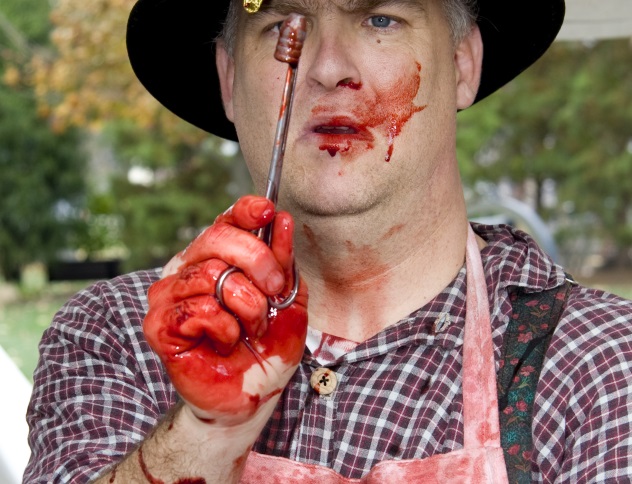
During the Civil War, United Sates medical schools were far behind the educational quality of their European counterparts, which had four- year cirriculums. US medical schools, however, ran only two years, the second year primarily being a repeat of the first. In fact, US medical schools were so far behind that Harvard Medical School didn’t even have one stethoscope or microscope until after the war had ended. The majority of Civil War surgeons had never even performed surgery, let alone seen a gunshot wound.
To make matters worse, both the Union and Confederate armies were extremely understaffed. The Union Army only had 98 doctors, while the Confederates had 24. With the growing numbers of wounded soldiers reaching into the thousands every day, both the North and South began to take anyone who considered themselves a doctor. For the most part, their only medical knowledge came from a military surgery manual written by Dr. Samuel Gress, which would be their guide to performing life-saving emergency operations.
6 Bizarre Medical Treatments
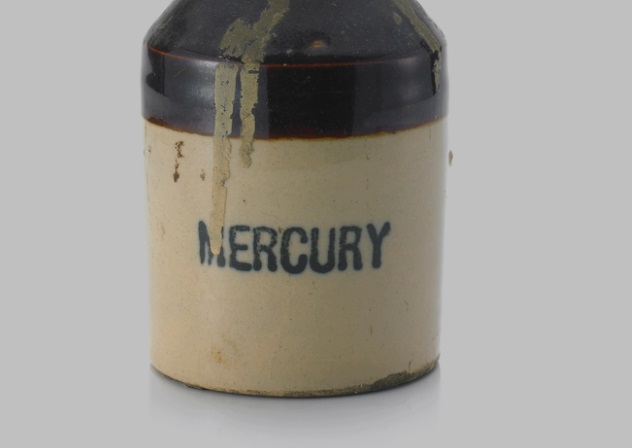
Because medical education and knowledge during the Civil War was substandard to say the least, bizarre and absurd medical treatments were practiced, only making the injured and sick worse off. For instance, severe gonorrhea was “treated” with whiskey mixed with silkweed root, pine resin, and small pieces of blue vitriol. We can assume that such a concoction did nothing to combat the venereal disease. If a patient was suffering from syphilis, which caused genital ulcers, swollen lymph nodes, pustule rashes, fever, sore throat, and even neurological problems, a doctor would prescribe mercury, an extremely toxic chemical element.
Doctors considered pus a good sign, believing that a wound was healing when in fact, the injury was infected. To make matters worse, doctors unknowingly infected other patients by intentionally transferring pus from patients who had it to those who didn’t, assuming that it would be beneficial. Patients suffering from diarrhea were given chloride of mercury, a violent laxative also known as a purgative. This would cause the already dehydrated soldiers to lose even more fluids via vomiting and extreme diarrhea, thus compounding their illness, ultimately leading to death.
5 Working Around The Clock
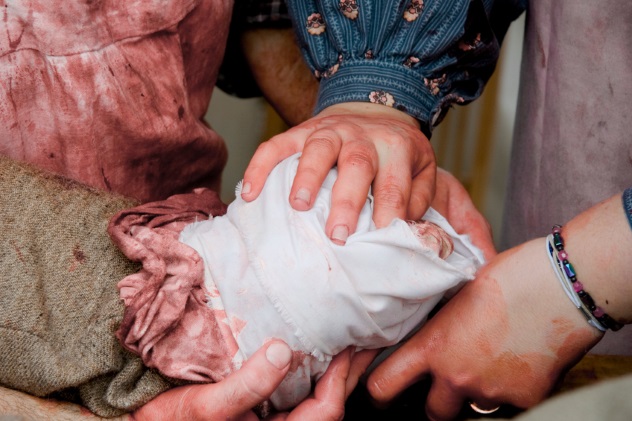
If it wasn’t bad enough that the physicians during the Civil War were unqualified and practiced bizarre treatment regimens, the fact that they were greatly understaffed made a terrible situation far worse. Melvin Walker of the 13th Massachusetts Infantry described how surgeons operating at the division hospital where he was taken worked without rest or sleep for 36 hours straight, often with little food and no help.
Following the Battle of the Wilderness, roughly 7,000 wounded soldiers were taken to Fredericksburg, a trip that took many over 24 hours to make due to the clogged roads and primitive ambulances, which were horse-drawn wagons. Upon arriving at the hospital, the 7,000 wounded men were met with only 40 surgeons available to tend to their needs. Surgeon George Stevens of the 77th New York regiment described how hundreds of ambulances were continuously arriving, men were dropping dead all around him one by one, and that he and his fellow surgeons “were almost worked to death.” It’s understandable why there were more casualties off the battlefield than on.
4 The Great Anesthesia Myth
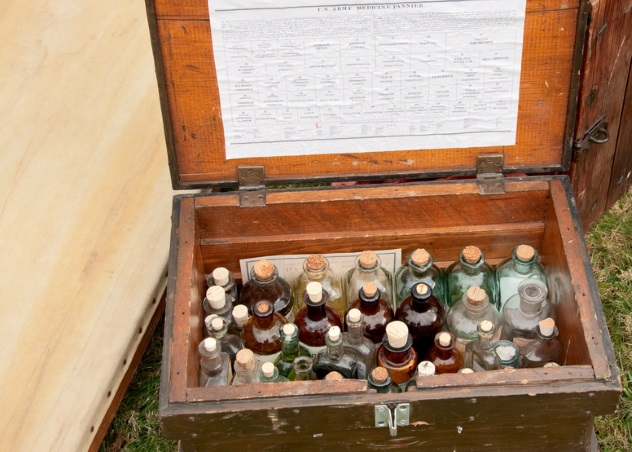
One of the greatest myths of the Civil War was that there were no anesthetics for operations such as amputating limbs, which was commonplace in the hospitals. Amputation was so common, in fact, that piles of arms and legs would be strewn around in every direction the eye could see. Contrary to popular belief, those undergoing surgery were often sedated with chloroform and whiskey, causing them to partially lose consciousness and not feel pain. The screams that field hospitals were so known for were often from soldiers who’d just learned that they were going to lose a limb and hadn’t yet been sedated.
Although the men were reported to be only partially sedated, when properly anesthetized, the wounded would feel no pain at all during surgery. Although it’s uncertain as to how many successful operations took place in terms of the anesthesia working, the best example of proper sedation is that of Stonewall Jackson’s amputation. Jackson, whose left arm needed to be amputated, described how once the chloroform kicked in, the only thing he noticed was the sound of the saw cutting through the bone of his arm. Other than that, Jackson claimed that he faded into a stupor while repeating the words “blessing, blessing, blessing,” free of pain.
3 Battling The Real Enemy

During the Civil War, disease ran rampant. The battlefields, camps, and hospitals were filled with typhoid, pneumonia, measles, tuberculosis, and malaria, just to name a few. With the exception of malaria, there were no medications or cures available. Those infected would only become more ill, further spreading disease. The local streams were quickly contaminated, leading to the development and spread of yet more diseases, including dysentery, which accounted for 45,000 Union deaths and 50,000 Confederate deaths.
Lack of sanitation and hygiene only made the situation worse. Surgeons would use the same tools continuously on hundreds of patients without ever cleaning their instruments, thus causing cross contamination. Often, the surgeon would hold his bloody tool in his mouth while operating, possibly infecting himself.
Of the 620,000 soldiers who died during the Civil War, two thirds succumbed not to enemy fire but to the endless array of diseases lurking all around them. Their frail and weakened bodies, exhausted and worn from continuous battle as well as horrendous diet and lack of food took an immense toll on their immune systems, making it impossible to stand any chance of overcoming an illness. It’s a misconception that the greatest danger was on the battlefield, when in fact the real enemy was visible only under a microscope.
2 The Dawn Of Modern Medicine
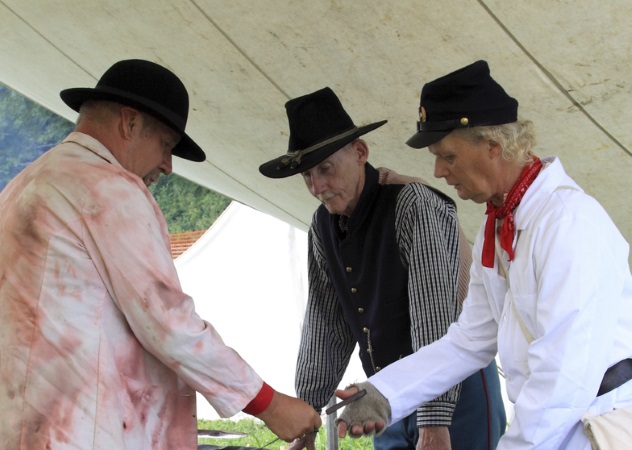
Although the greatest number of casualties during the Civil War stemmed from the lack of medical knowledge and understanding, it did become apparent to physicians that a change in medical practice was necessary, thus paving the way to new research and knowledge. Physicians began to document their observations from hundreds of different cases, which would ultimately aid researchers after the war.
For instance, medical officers realized that sanitation could greatly reduce the spread of disease. Some hospitals took notice that washing bandages in hot, soapy water in order to reuse them caused the infection rates to decrease, unlike other hospitals that weren’t conducting such practices. Because of this correlation, the birth of sanitation had begun.
The Civil War also gave rise to modern emergency medicine and ambulatory evacuation, not seen prior to the 1860s. It was of great importance that the wounded be carried off the battlefields to a nearby station, where they were attended to prior to being taken to a hospital. This gave way to the bigger concept of moving someone swiftly in order to provide care to save their life, a standard which will forever be practiced in warfare.
1 Dr. Mary Walker
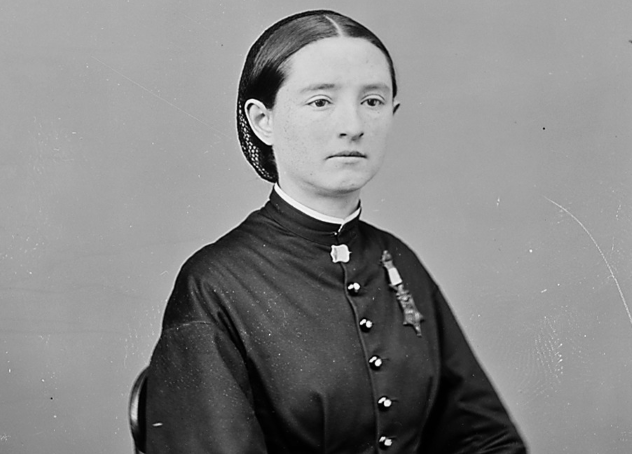
The story of Dr. Mary Walker is not only one of sacrifice and courage, but heroism that has broken down barriers for female physicians ever since. After Dr. Walker received her medical degree, she headed to the front lines, where she worked in tent hospitals in Warrenton and Fredericksburg, Virginia. The following year, Dr. Walker was stationed in Tennessee, where she was appointed assistant surgeon in the Army of the Cumberland by General H. Thomas.
Dr. Walker was captured by the Confederate Army in April 1864. She was imprisoned in Richmond, Virginia, for four long months. Following her release, Dr. Walker began to supervise a hospital for women prisoners and an orphanage after becoming an acting assistant surgeon with the Ohio 52nd Infantry, a feat no woman had ever accomplished.
Dr. Walker served honorably until the war had come to an end. In 1865, she was awarded the Medal of Honor. Dr. Walker wore the medal with great pride every day from that point on until her passing in 1919. To this day, Dr. Walker remains the only woman to have ever received the Congressional Medal of Honor.
Adam is just a hubcap trying to hold on in the fast lane.
